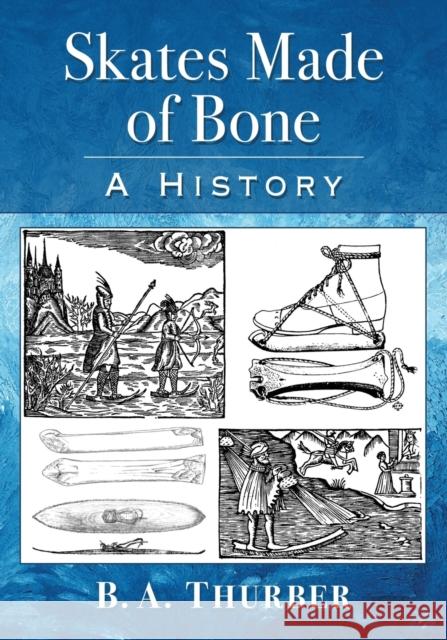Skates Made of Bone: A History » książka
topmenu
Skates Made of Bone: A History
ISBN-13: 9781476673905 / Angielski / Miękka / 2020 / 194 str.
Kategorie:
Kategorie BISAC:
Wydawca:
McFarland & Company
Język:
Angielski
ISBN-13:
9781476673905
Rok wydania:
2020
Ilość stron:
194
Waga:
0.36 kg
Wymiary:
25.15 x 17.53 x 1.27
Oprawa:
Miękka
Wolumenów:
01
Dodatkowe informacje:
Bibliografia











